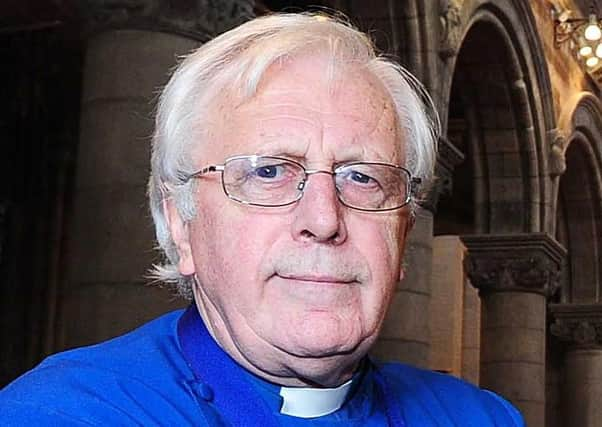Dr Houston McKelvey: Jesus, the Good Shepherd will dominate Sunday readings


The 23rd Psalm is up there in most Christians’ favourite Bible readings and hymns. “The Lord’s my Shepherd, I’ll not want” is almost a credal statement.
Reinforcing that Biblical and musical imagery tomorrow will be an excerpt from the 10th chapter of John’s gospel. In it, Jesus is quoted as saying “I am the Good Shepherd.”
Advertisement
Hide AdAdvertisement
Hide AdThis imagery has infused Christian art. Unfortunately, too much of the art has cleaned up the original concept Christ had of a shepherd of His time. Art can present Christ ‘the Good Shepherd’ in flowing, immaculately clean robes, with a lamb or sheep much cleaner than anything you could see in the fields of Ulster.
Jesus said: “I am the good shepherd. I know my own and My own know Me.” This second half of Jesus’ Good Shepherd narrative is remarkably tender, vulnerable, and human. Shepherds of His time lived out mostly on their own with a vast responsibility. Their only company was sheep, and they had to learn to love them.
Jesus tells His disciples then and now that this is how He cares for us. He’s not there to just do the easy work. Jesus, the Good Shepherd, has come to offer salvation: salvation through love, self-giving, tenderness, and vulnerability.
The chapel at General Seminary in New York is the chapel of the Good Shepherd. Each year, students move from all over the world, following God to lead God’s people. At the centre of their campus is a chapel dedicated to Jesus, the Good Shepherd, who knows His own and whose own know Him.
Advertisement
Hide AdAdvertisement
Hide AdCentrepiece of the chapel is a sculpture of Jesus the Good Shepherd. This Jesus looks out at the seminarians and knows them — as they hope to know Him. In His left hand, he holds a shepherd’s crook, a crozier, herding sheep as the ultimate church overseer.
In His right? A lamb held close to His chest. He stands looking out over the chapel, a place of silence and solace amid the noise and excitement of New York, with another sheep at His side. This sheep is leaning against Jesus, relying on him for support, demonstrating affection with touch. Jesus knows His own, and His own know Him.
Before His trial, execution, or resurrection, Jesus tells the disciples that He lays His life down for His sheep. He protects them, He brings them life. He tells His disciples, too, that there are other sheep to which He must attend, others who follow Him.
He will attend to these other sheep and there will be one flock, one people who have been brought to salvation. Jesus, the Good Shepherd, doesn’t give His disciples directions right now on who is in or who is out. He doesn’t give a timeline for when this one flock will be achieved.
What He says more than once, though, is that those who are His know him, and He knows them. He says that He loves them, and that He lays down his life for them.